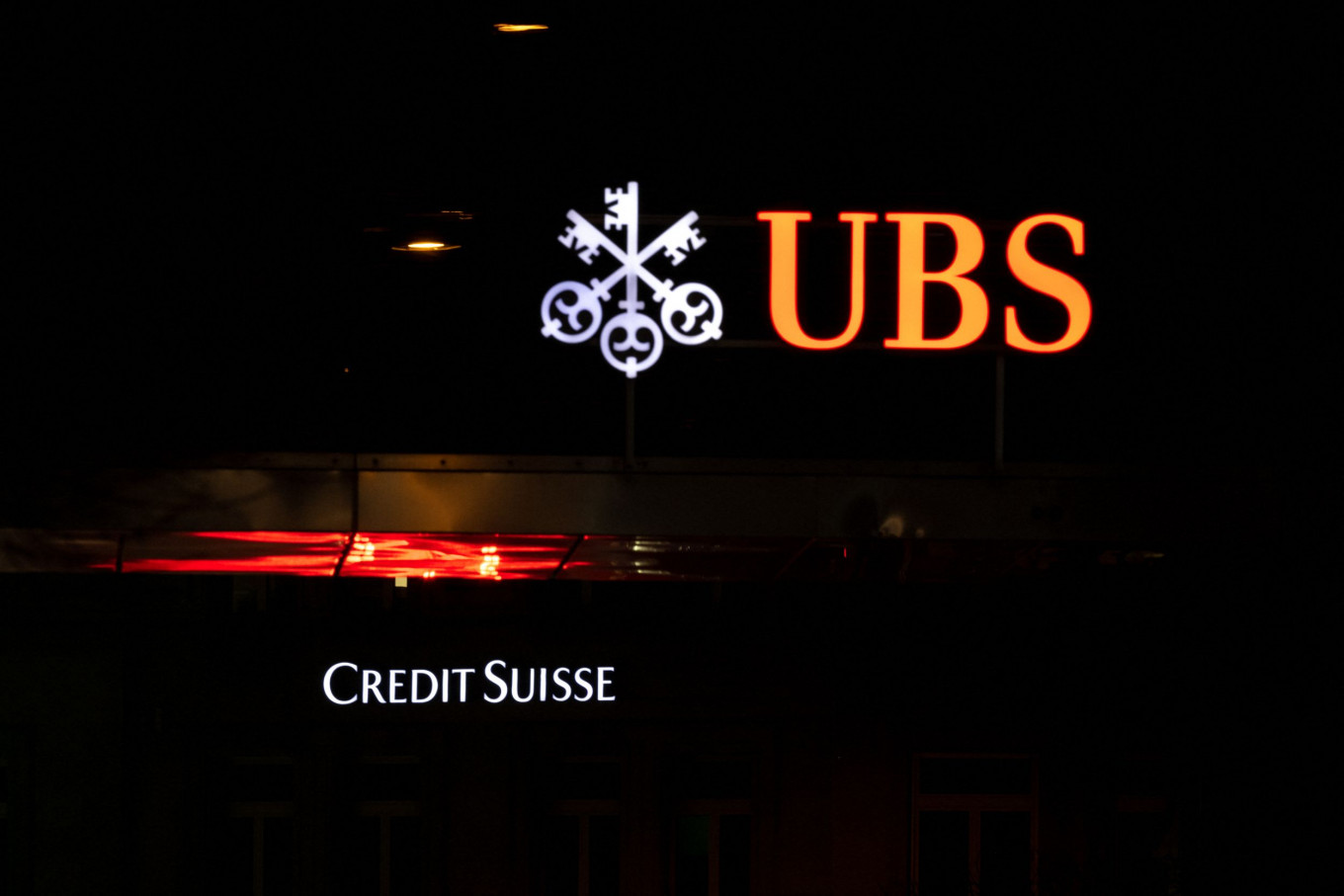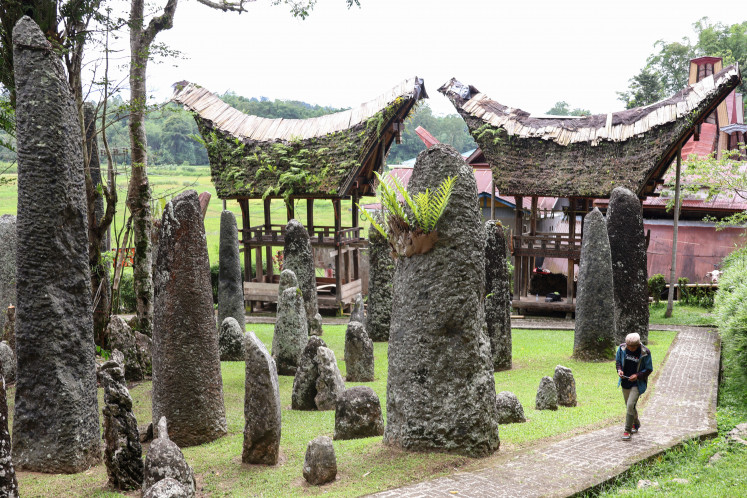Popular Reads
Top Results
Can't find what you're looking for?
View all search resultsPopular Reads
Top Results
Can't find what you're looking for?
View all search resultsWhy additional tier 1 contingent convertible bonds matter to banks
So far, there have not been any significant issuances of CoCos in Indonesia aimed at strengthening additional loss-absorbing capital instruments.
Change text size
Gift Premium Articles
to Anyone
T
he role of Additional Tier 1 (AT1) contingent convertible bonds, also known as CoCos, in the regulatory framework of the banking sector are designed to serve as a shock absorber during times of economic distress and are required by banking regulators as part of the capital structure of banks.
As a component of financial-sector reform implemented in the wake of the global financial crisis, banks have been required to maintain various levels of capital, divided into tiers, which function as shock absorbers during times of economic distress. Common equity tier 1 capital is at the very top, followed by AT1 capital, which typically consists of hybrid bonds. Beneath this is tier 2 capital, which includes subordinated debt.
The use of CoCos and other loss-absorbing capital instruments helps to prevent government bailouts and increase banks' safety buffers. These bonds carry higher yields than comparable assets, reflecting the higher risk investors are taking. The mechanism of automatic loss absorption when the capital ratio falls below a specified threshold is a key feature of AT1 bonds, and one of the main risks is that bondholders can lose their investment entirely or end up with equity holdings in a weakened bank.
CoCos is an important tool. Effective for the bail-in mechanism, it can be utilized to enforce market discipline, such as being used as a bonus to bank management in the form of CoCos, with the rationale that it can reduce excessive risk-taking behavior. From the perspective of shareholders, the quantity of CoCos issued will affect the dilution of existing shareholders' equity. This creates an incentive for shareholders to request improvements in corporate governance and the enforcement of prudential regulations on banks.
However, the issuance of CoCos must also be carefully considered so as not to send a negative signal to the market. Thus, the effectiveness of the CoCos instrument is believed to rely on the existence of the CoCos market. If strong banks are the first to issue CoCos, investors can distinguish between strong and weak banks, thus enhancing confidence in the new instruments and promoting market stability.
Consequently, investors could progressively increase their exposure to riskier issuers, referred to as "second-tier" issuers. At first, hedge funds, sovereign-wealth funds and high-yield or equity investors may form the primary investor base, with traditional credit investors, asset managers and insurers gradually joining in to enhance market depth over time (IMF, 2011).
The banking regulatory framework in Indonesia has also implemented a bail-in mechanism, including the conversion of CoCos into equity under certain predefined conditions, typically when a bank reaches the point of non-viability (PONV). In the Financial Services Authority (OJK) Regulation regarding the Minimum Capital Requirement for Commercial Banks, additional tier 1 instruments include subordinated debt instruments that have the characteristics of capital, are subordinate in nature, have no maturity and have noncumulative perpetual interest payments.



















